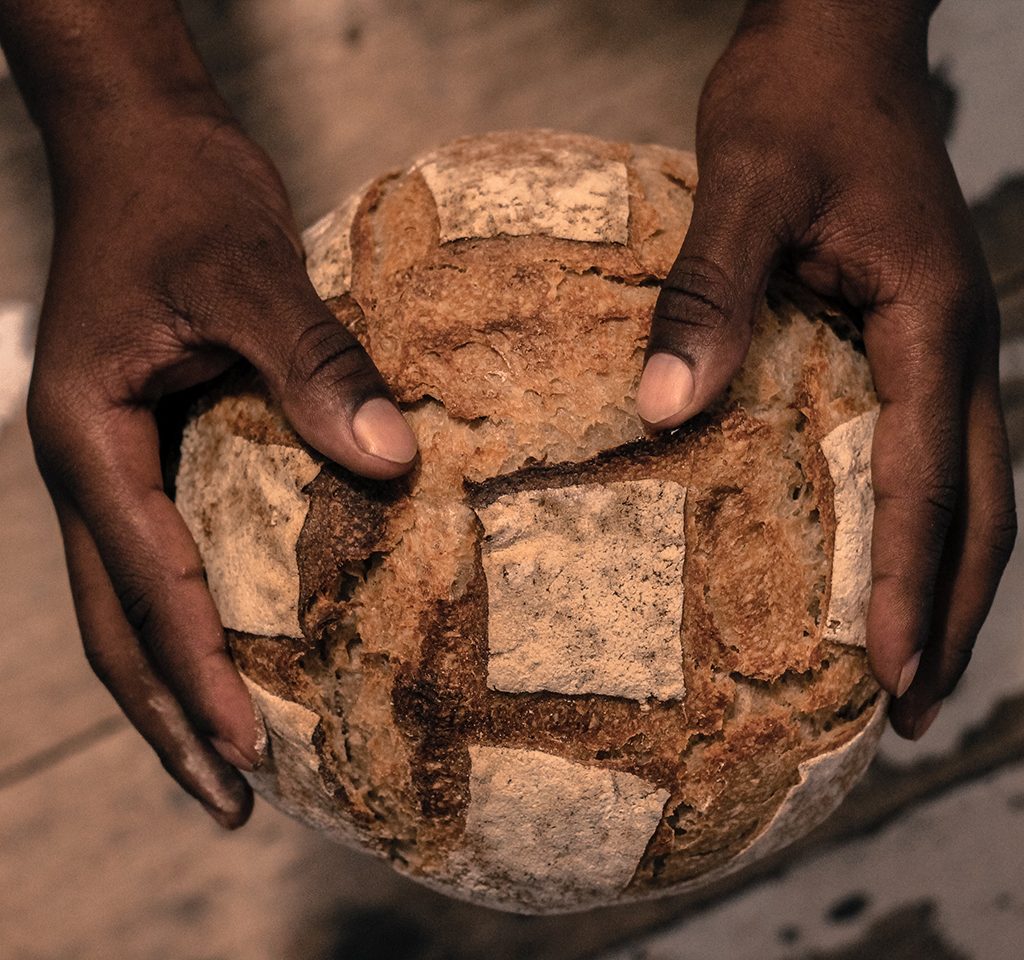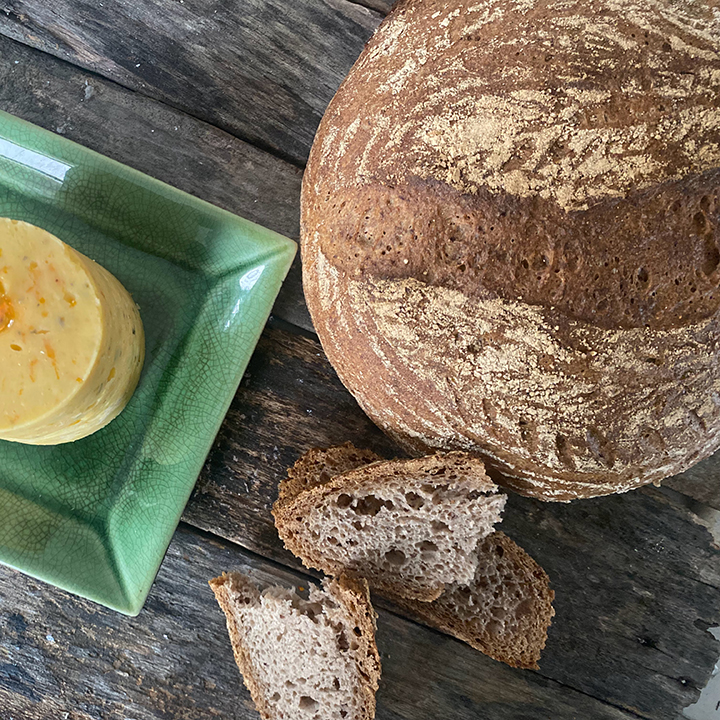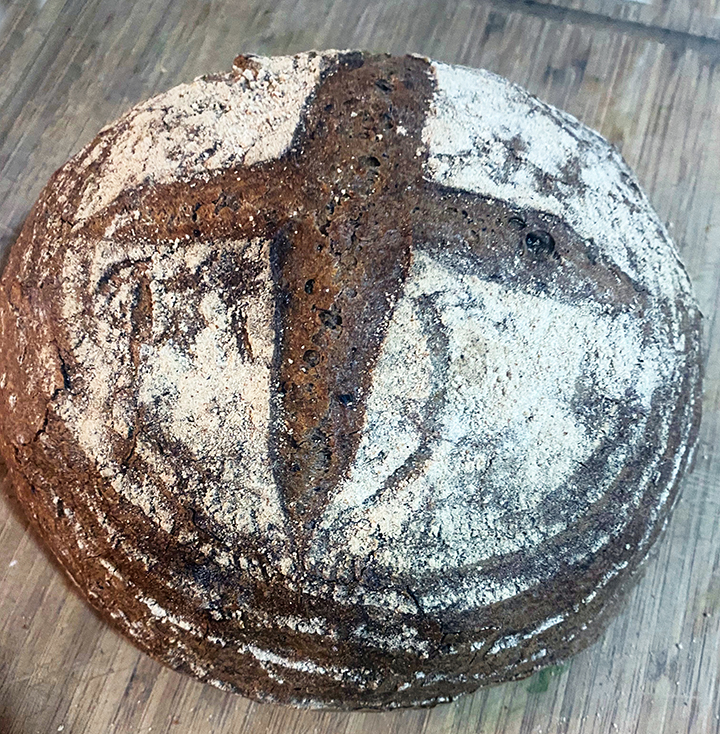
August 1st is known as First Harvest, Lammas or Lughnasadh in various traditions. First Harvest is midway between the Summer Solstice (the official start of summer) and the Autumnal Equinox (the official start of fall) You can see then why it is a time that straddles between summer and fall. I think of it as peak summer- everything is ripening in the garden and there is almost more to harvest than there is time. There are berries and mushrooms to forage in the wood and a general sense of abundance. At the same time we are creeping closer to fall and I start to notice subtle little cues here and there.
Historically, in Celtic tradition First Harvest marks the start of the harvest season. Ritual games took place and there was a sacrifice of the first fruits of the harvest. The first corn (which actually meant grain or wheat to Europeans) was taken to a high place and buried, and in some places mountain climbing is still a part of the festivities. Harvest feasts would follow. In Scotland Lunastain cake was prepared, which is more like an oat bread then what we have come to think of as cake. Lughnasadh was a time of unpredictable weather in Ireland. Heavy rains known as “Lammas floods” often damaged crops. Lammas is the anglicized version of the name and means loaf mass. Grain and bread play heavily into these festivals.
The New Yam Festival is an annual festival held throughout West Africa (especially in Nigeria and Ghana) that is held at the end of the rainy season in early August. The festival symbolizes the conclusion of the yam harvest and the beginning of the next cycle.
The Green Corn Ceremony is an annual ceremony practiced among various Native American peoples associated with the beginning of the yearly corn harvest. Green corn is fresh sweet corn as opposed to corn that is dried and ground for grain. Historically, it involved a first fruits rite in which the community would sacrifice the first of the green corn to ensure the rest of the crop would be successful. Green Corn festivals are still held today by many different Southeastern Woodland tribes.
In Russia they celebrate the Apple Feast of the Savior in early August, which has a pre-Christian origin and is associated with harvesting of ripe fruits, especially apples.
I am always fascinated to see the parallels across disparate locations and cultures that happen on each of these ancient seasonal celebrations.



Baking Bread & Cooking with Grains
I am a celiac so the wheat focused part of this holiday has never really resonated with me. I do sometimes bake bread, but lately I have been thinking about ways to highlight all of the other grains on this day. Some day I will come up with some sort of feast of the seven grains, but for now baking a favorite loaf of bread and taking a moment to think about and appreciate all of the effort that goes into growing and harvesting grains is an easy an appropriate way to celebrate.
